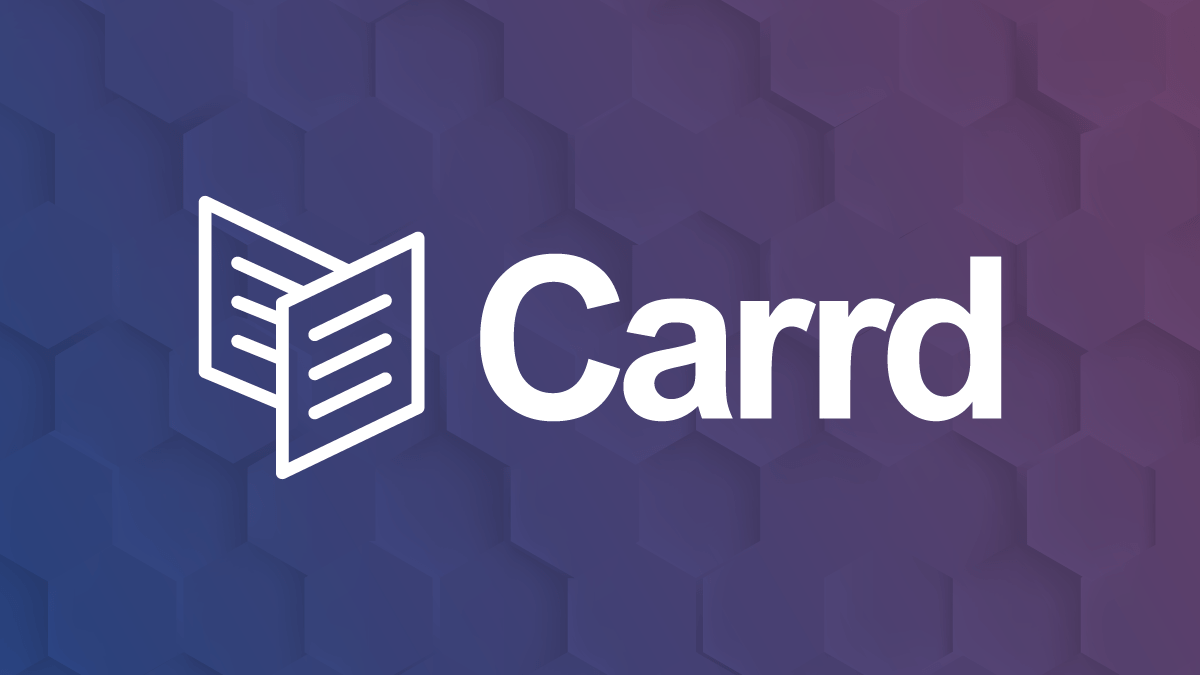💬 Product reviews are packed with insights—but most people can’t easily extract or use them.
If you're an affiliate marketer, ecommerce seller, or researcher, this Chrome extension idea lets you scrape reviews from any page and turn them into clean, usable data—instantly.
In this edition of Easy Startup Ideas, you'll learn how to build a simple Chrome extension that scrapes reviews from any product page and turns them into a repeatable, revenue-generating service.
Featured Business - NordVPN
Today’s Idea
A Chrome extension that scrapes and downloads product or service reviews from any webpage the user is viewing.
It first supports major websites (Amazon, Yelp, Etsy, etc.) using custom scraping rules, and later expands to work on most product/review pages on the internet using AI-assisted detection.
The exported data is structured into a clean CSV file with key fields like reviewer name, date, rating, and review text.

Ideal Customer
Ecommerce sellers researching competitor reviews for market positioning.
Affiliate marketers collecting review data to guide promotion strategy.
Market researchers and analysts conducting qualitative review analysis.
Small business owners managing their reputation or benchmarking against competitors.
Consumers who want a personal archive or summary of product reviews before purchase.

Why It Will Succeed
This solves a real and under-addressed problem: quickly and cleanly extracting user reviews from websites. Most tools that scrape reviews are built for developers or require API access. This solution is:
No-code, on-demand, and frictionless — built for non-technical users.
Focused and useful — one click gives you structured data you can work with.
Extensible — it starts small and becomes smarter over time using AI models for generalization.
Lightweight — as a browser extension, it doesn't need a web server, backend, or user accounts at MVP.
Defensible — expansion into AI parsing, review summarization, and review alerts creates a moat over time.

Getting Started and Building an MVP
Your goal for the MVP is simple and achievable:
Build a Chrome extension that lets a user click a button while on a product page (starting with Amazon, Yelp, or Etsy), and download all the visible reviews on that page into a CSV spreadsheet file.
You do not need to be a programmer to make this happen. With today’s tools, you can complete this project by:
Copying and pasting code that AI tools write for you
Following clear tutorials
Testing the extension in your own browser
Asking Claude or ChatGPT to help you fix or adjust anything
Step 1: Set Up the Project
You’re going to create a small Chrome extension — a simple package of files that the Chrome browser can run.
You need:
A text editor like VS Code (free)
A folder on your computer to hold the extension files
In that folder, you’ll eventually have:
manifest.json: a setup file that tells Chrome what your extension can dopopup.html: the small window UI for your extensionpopup.js: the code that runs when you click a buttoncontent.js: the script that runs inside the webpage to scrape reviews
What to do:
Ask Claude:
“Write a basic Chrome extension boilerplate with a popup and content script using manifest version 3.”
Then paste those files into your folder as Claude gives them to you.
If you're unsure how to create or edit these files, just ask:
“How do I create these files on my computer?” and Claude will walk you through it.
Step 2: Scrape Reviews on One Website (Start with Amazon)
Focus on just one site first (like Amazon). This way, you can launch a working version quickly.
What to do:
Go to an Amazon product page in your browser. Scroll to the reviews. Right-click on a review and choose “Inspect.” This opens the browser’s developer tools and shows you the HTML structure of the review.
Copy that HTML (just one review block), and ask Claude or ChatGPT:
**“This is an Amazon review. Please write JavaScript code that will find all similar reviews on the page and extract:
Reviewer name
Review date
Star rating
Review text
Return the data in an array of objects.”**
They will give you the code you can paste into your content.js file.
If you don’t understand the code, that’s okay. You don’t need to. Claude will explain anything you ask, like:
“What does this part of the code do?” or
“What does querySelectorAll() mean?”
Step 3: Turn the Data Into a CSV File
Once you’ve collected the reviews into an array, you need to convert it into a CSV file (which can be opened in Excel or Google Sheets).
What to do:
Ask Claude:
“Write JavaScript that converts an array of objects into a CSV file and automatically downloads it as a file named 'reviews.csv'.”
Copy and paste this code into your popup.js or content.js file, depending on where your button logic is.
You now have a working tool:
Go to an Amazon product page
Click your extension button
The reviews download as a file
Your extension will need a small popup with a button. This is the box that appears when someone clicks your extension icon.
What to do:
In popup.html, create a button that says "Download Reviews".
Then in popup.js, write a click handler that runs your content script.
Ask Claude:
“How do I trigger a content script from a button in popup.js in a Chrome extension?”
It will show you how to connect the popup to the page.
Step 5: Add Support for More Sites (Like Yelp or Etsy)
Once Amazon is working, repeat the process:
Visit Yelp or Etsy and inspect their reviews
Ask Claude:
“Write scraping logic to extract reviewer name, date, rating, and text from this review block.”Add site detection using code like:
if (window.location.hostname.includes('yelp.com')) { ... }
This allows the extension to choose the correct scraper based on the site.
Step 6: Test and Refine the Extension
To test your extension:
Go to Chrome → Settings → Extensions
Turn on "Developer Mode"
Click "Load Unpacked" and select your extension folder
Now, your extension is running and you can test it on any product page.
If something breaks or doesn’t work, simply ask: “I got this error when running my extension: [paste error]. How do I fix it?”
Claude or ChatGPT will guide you.
Step 7: Prepare for Publishing
When you’re happy with how it works:
Make sure your manifest and files are correct
Zip the folder
Go to the Chrome Web Store Developer Dashboard and upload it
You’ll need:
A title and description
Some screenshots
A small one-time fee to register ($5 USD)
Optional: Use Plasmo to Make It Easier
If you're feeling overwhelmed by file setup, use a tool like Plasmo. It’s built to help non-developers or beginners create browser extensions with less configuration.
You can install Plasmo, follow their tutorials, and still copy-paste your scraping logic into their system.
Ask Claude:
“Walk me through creating a simple Chrome extension with Plasmo to scrape Amazon reviews.”

Build one-page sites for pretty much anything.
Whether it's a personal profile, a landing page to capture emails, or something a bit more elaborate, Carrd has you covered. Simple, responsive, and yup — totally free.

Monetization Strategies
Freemium
Free version supports 1–2 sites with review limits per export
Pro version supports all sites, unlimited exports, and AI-powered features
Pro Features
Auto-summary of reviews (e.g. “Most common complaint: battery life”)
Sentiment breakdown (percent positive/negative)
Bulk scraping across multiple URLs
Export directly to Google Sheets
Team Licensing
Offer agency or ecommerce teams multiple seats and shared dashboards
One-time Purchase
Lifetime deal via Gumroad, AppSumo, or your own site
Review Intelligence SaaS (Future Expansion)
Store review data for users and provide trend dashboards over time
Sell as an API or analytics backend to marketers and analysts

Marketing Strategies
Chrome Web Store SEO
Use keywords like: “review scraper”, “export reviews”, “scrape Amazon reviews”, “CSV reviews downloader”
YouTube Tutorials
Create short videos showing how to export Amazon/Yelp/Etsy reviews with one click
Reddit & IndieHackers
Engage in communities related to Amazon FBA, market research, and affiliate marketing
Product Hunt Launch
Feature your launch to gain early adopters
Affiliate Programs
Reach out to ecommerce educators or tool review YouTubers to promote your extension
Cold outreach to Amazon sellers
Offer the tool to analyze competitor products and extract review data quickly

Expanding and Improving
Phase 2: Add AI-assisted scraping
Use OpenAI or Claude to semantically detect review sections on unknown sites
Let users scrape reviews from arbitrary pages with less consistent structure
Phase 3: Add sentiment analysis and summaries
Use Claude or ChatGPT to analyze all extracted reviews and summarize them
Highlight top 3 complaints and top 3 compliments
Phase 4: Dashboard and review tracker
Let users paste a list of product URLs and get recurring scraping or alerts
Community-powered site detection
Allow users to report working and non-working websites to improve scraping coverage

Brainstormed Business Names
Names for this website/business will likely depend on the specific niche and dataset(s) chosen, but here are some generic ones:
ScrapeSnap
RevCSV
ReviewPort
OneClickReviews
Extractify
ReviewDown
CSVify Reviews
PullFeedback
RevExporter
ClearReview

Thanks for checking out another edition of Easy Startup Ideas!
If you have any comments or suggestions on how to improve this newsletter, please let us know by commenting below.
As an Amazon Associate and affiliate of various partnership programs, the owner of this publication may receive commissions to linked products or services in this newsletter at no additional expense to the reader.

